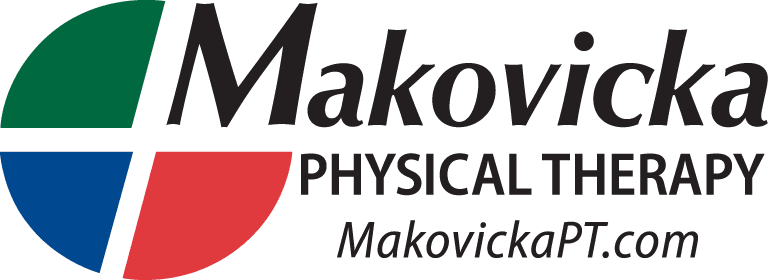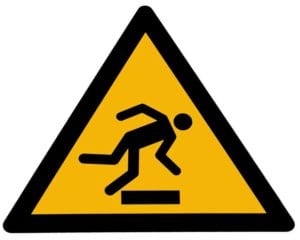One in 3 adults over the age of 65 will fall each year and most falls occur at home. Women fall more than men, but men are more likely to die from a fall. Falling is the leading cause of injury death in adults over age 65. Being fearful of falling makes you more likely to fall. Interestingly, walking faster will decrease your risk of falling. Falls are NEVER normal.
These are some factors leading to a fall…
Many illnesses or conditions can lead to decreased balance and gait difficulties that increase your risk of falling. Examples are older age, pain, weakness, arthritis, diabetes, Parkinsons, dizziness, inner ear problems, vision difficulties, dehydration, anemia, decreased foot sensation, fear of falling, medications, etc. BUT, Even healthy people experience new challenges with aging that can increase the risk of falling.
Fall Assessment and Recommendations…
1. If you have had no falls: Fall Prevention Education and an exercise program that includes Balance, Gait (Walking), Coordination training, and Strength training.
2. If you have had 1 fall in 6 months: Assessment of Gait and Balance status with appropriate strategies to minimize fall risk.
3. If you have had 2 or more falls: Multifactorial Fall Assessment including a detailed look at your fall history, visual assessment, medication review, physical exam, gait, and balance assessment.
Fall Prevention and Balance Restoration…
At Makovicka Physical Therapy, our therapists are trained to assist in developing individualized treatment programs to address all 3 of the above categories.
Treatment may include: An Orthopedic and/or Vestibular exam, Gait and Balance testing, Strength testing, assistive device, and home safety recommendations, confidence building, Fall Prevention education, and home exercise programs.
Simple Home Test…
How many seconds can you balance on one leg?
Age 40-60 You should be able to stand on one leg for at least 26-29 seconds!
Age 60-69 at least 14 seconds.
Age 70-79 at least 6 seconds.
We have a clinic near you! Please give us a call if you would like to have your Fall Risk further evaluated and begin a program to improve your balance and overall function. We look forward to working with you!
Amy Millar, PT
References:
HealthinAging.org
Medbridge course: Fall Prevention and Balance Restoration for Seniors

